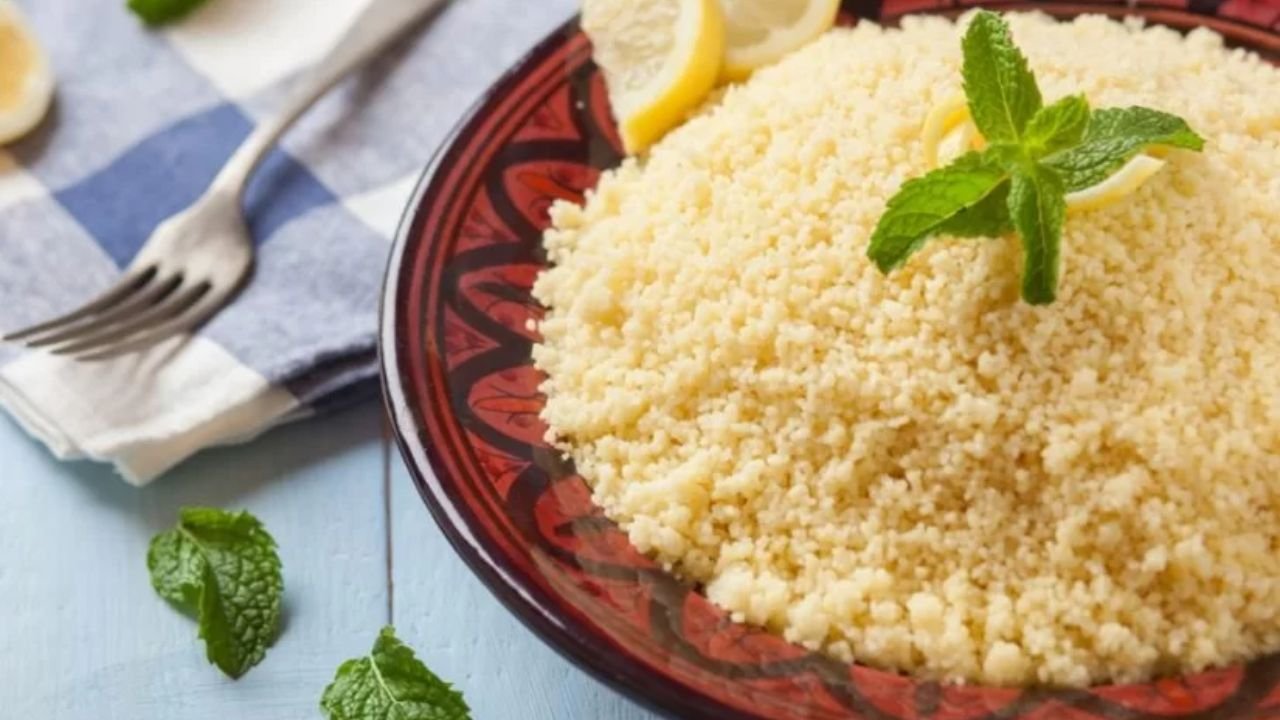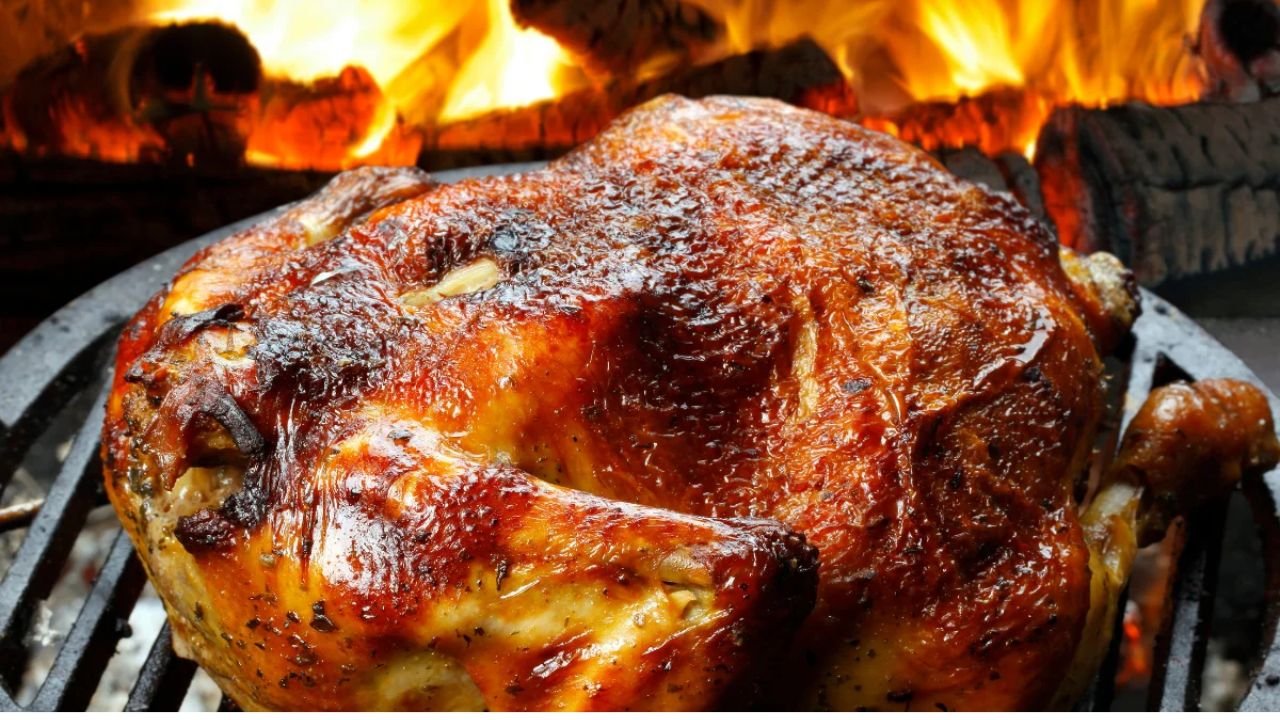Cuşcuş, a culinary gem from North Africa, has been winning hearts and taste buds around the world. Whether you’re a food enthusiast, a healthy eater, or a culinary explorer, this versatile grain offers something special for everyone. In this blog post, we’ll take you on a flavorful journey through the origin, preparation, and cultural significance of cuşcuş. You’ll discover how this traditional dish has evolved and what makes it a beloved choice in modern diets. We’ll also explore popular dishes, provide a step-by-step cooking guide, and even share some fusion recipes to inspire your culinary adventures.
Introduction to Cuşcuş Origin and Cultural Significance
Cuşcuş is more than just a staple food—it’s an integral part of North African culture. Originating from the Maghreb region, including countries like Morocco, Algeria, and Tunisia, cuşcuş has a rich history that dates back centuries. Traditionally made from steamed semolina wheat, this delightful dish is often served at family gatherings and celebrations.
The cultural significance of cuşcuş extends beyond its delicious taste. It embodies community and hospitality, with families coming together to prepare and enjoy this dish. Passed down through generations, cuşcuş recipes often hold a special place in the hearts of many North Africans. It’s fascinating to see how this humble grain has crossed borders and become a global sensation.
In recent years, cuşcuş has gained popularity worldwide. It has found its way into the kitchens of food enthusiasts and chefs alike. Its adaptability to various cuisines and flavors has made it a favorite ingredient for those looking to experiment and create exciting dishes. Today, cuşcuş is celebrated not only for its taste but also for its ability to bring people together.
A Culinary Journey Traditional Preparation Methods
Traditional preparation methods of cuşcuş are a testament to the artistry and skill involved in making this dish. The process begins with semolina wheat, which is moistened with water and rolled into tiny granules. These granules are then steamed over a pot of simmering stew, infusing them with the rich flavors of the broth below.
The steaming process is an essential part of cuşcuş preparation, ensuring that the grains are cooked to perfection. The result is light, fluffy cuşcuş that pairs harmoniously with a variety of meats, vegetables, and spices. In North Africa, cuşcuş is often served with a savory stew made from lamb, chicken, or vegetables, creating a delightful blend of flavors and textures.
In rural communities, the preparation of cuşcuş is a communal activity. Families gather to roll the semolina, steam the grains, and share stories while the aroma fills the air. This tradition not only preserves culinary heritage but also fosters a sense of unity and togetherness among those involved.
Health Benefits of Cuşcuş in Modern Diets
Cuşcuş is not only a delicious dish but also a nutritious one. Its health benefits make it an excellent addition to modern diets, especially for those seeking balanced meals. One of the standout features of cuşcuş is its low-fat content, making it a healthier alternative to heavier grains like rice or pasta.
Rich in carbohydrates, cuşcuş provides a quick source of energy, making it ideal for active individuals or those with busy lifestyles. Additionally, it contains essential nutrients such as selenium, which plays a crucial role in maintaining a healthy immune system and supporting thyroid function. Cuşcuş is also a good source of plant-based protein, making it suitable for vegetarians and vegans.
For those looking to manage their weight, cuşcuş can be a valuable ally. Its low-calorie nature allows for generous servings without compromising on taste or satisfaction. Incorporating cuşcuş into meals can help create a sense of fullness while providing a wide range of nutrients to support overall well-being.
Cuşcuş Around the World Popular Dishes and Variations
Cuşcuş has transcended its North African roots to become a beloved dish in kitchens worldwide. Its versatility allows it to be adapted into a myriad of dishes, each with its unique twist. From savory stews to vibrant salads, cuşcuş has found a place on tables across continents.
In Morocco, one of the most famous dishes featuring cuşcuş is “Couscous Royale.” This grand feast includes a variety of meats such as lamb, chicken, and merguez sausages, accompanied by a medley of vegetables and a fragrant broth. The combination of flavors and textures creates a truly indulgent experience.
In Mediterranean cuisine, cuşcuş often takes center stage in refreshing salads. Paired with fresh herbs, tomatoes, cucumbers, and a drizzle of olive oil, it becomes a light and satisfying dish perfect for warm summer days. This Mediterranean twist on cuşcuş has gained popularity among health-conscious individuals seeking a nutritious and flavorful meal option.
How to Cook Cuşcuş at Home Step-by-Step Guide
Bringing the magic of cuşcuş to your kitchen is easier than you might think. With its simple cooking process, you can enjoy this delightful dish at home. Here’s a step-by-step guide to help you prepare perfect cuşcuş every time.
Step 1: Measure the cuşcuş and liquid. For every cup of cuşcuş, use one and a half cups of liquid—either water or broth—for added flavor.
Step 2: Bring the liquid to a boil in a saucepan. Once boiling, remove it from heat and add the cuşcuş.
Step 3: Cover the saucepan and let the cuşcuş sit for five minutes, allowing it to absorb the liquid.
Step 4: Fluff the cuşcuş with a fork to separate the grains and achieve a light, airy texture.
Step 5: Add your choice of vegetables, herbs, or proteins to enhance the dish. Enjoy your homemade cuşcuş!
Cuşcuş in Contemporary Cuisine Fusion Recipes and Culinary Innovations
Modern chefs have embraced cuşcuş as a canvas for culinary creativity. Its neutral flavor and texture make it an ideal base for fusion recipes that blend traditional and contemporary elements. The result is a delightful array of dishes that celebrate the versatility of cuşcuş.
In fusion cuisine, cuşcuş can be transformed into risottos, pilafs, or even sushi rolls. By infusing it with exotic spices and unique ingredients, chefs can create innovative dishes that surprise and delight diners. Cuşcuş has become a playground for experimentation in both professional kitchens and home cooking.
Culinary innovations have taken cuşcuş beyond savory dishes. Creative bakers have incorporated cuşcuş into desserts, using it as a base for puddings, cakes, and sweet treats. The adaptability of cuşcuş allows it to shine in unexpected ways, appealing to adventurous food enthusiasts eager to explore new flavors.
Where to Find and Buy Cuşcuş
Finding cuşcuş is easier than you might think, as it is widely available in grocery stores and specialty food markets. Look for it in the grain or pasta aisle, often alongside other staple foods. Many brands offer a variety of cuşcuş options, including whole wheat or gluten-free versions, catering to different dietary preferences.
For those seeking an authentic experience, exploring Middle Eastern or North African markets can yield unique varieties of cuşcuş. These markets often carry traditional ingredients and spices that complement cuşcuş, allowing you to recreate the flavors of North Africa in your own kitchen.
Online retailers also offer a convenient way to purchase cuşcuş, with the added benefit of doorstep delivery. Exploring reputable websites that specialize in gourmet or international foods can provide access to a wider selection of cuşcuş and related products, ensuring you have everything you need to elevate your culinary creations.
You May Also Like: Pollaste – Embark on a Flavorful Culinary Journey
Conclusion
Cuşcuş is truly a culinary gem, bridging the gap between tradition and innovation. Its cultural significance, health benefits, and versatility make it a must-try for anyone passionate about food. Whether you’re exploring its origins, savoring its flavors, or experimenting with new recipes, cuşcuş invites you to embark on a culinary adventure.
For food enthusiasts, healthy eaters, and culinary explorers alike, cuşcuş offers a delightful way to enhance your culinary repertoire. Try incorporating this North African treasure into your meals, and experience the joy it brings to your dining table.
FAQs
What is cuşcuş made of?
Cuşcuş is made from semolina wheat, which is moistened and rolled into tiny granules. It is then steamed to create a light and fluffy texture.
Is cuşcuş gluten-free?
Traditional cuşcuş is not gluten-free, but there are gluten-free alternatives available, such as those made from rice or corn.
How do I store cuşcuş?
Store uncooked cuşcuş in an airtight container in a cool, dry place. Once cooked, refrigerate it in a covered container and consume within a few days.
Can cuşcuş be reheated?
Yes, cuşcuş can be reheated. Place it in a microwave-safe dish, cover, and heat until warm. You can also reheat it on the stovetop with a little water or broth.
What dishes pair well with cuşcuş?
Cuşcuş pairs well with stews, grilled meats, roasted vegetables, and salads. Its neutral flavor complements a wide variety of dishes, making it a versatile choice.
SEO Meta Description
Discover the health benefits and culinary wonders of cuşcuş, a North African gem. Learn to cook and enjoy diverse recipes. Ideal for food lovers.










